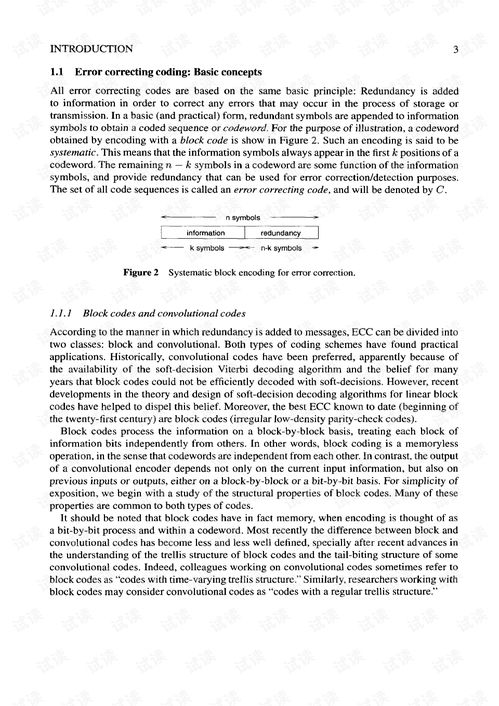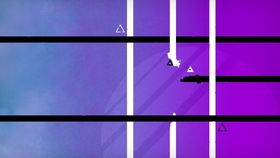Content:
Bait fishing is a timeless pastime that offers both relaxation and the thrill of catching fish. One of the key elements to a successful fishing trip is mastering the art of adjusting the float. In this article, we will delve into the essential tips and techniques for tuning your float to perfection, ensuring you are ready to land that big catch.
Choose the Right Float
The first step in adjusting your float is to select the right one for your fishing environment. Different floats are designed for specific conditions, such as heavy or light tackle, still or moving water, and various fish species. Research and experiment with different floats to find the one that suits your needs.
Attach the Float Properly
Properly attaching the float to your line is crucial for accurate readings. Begin by threading the line through the float's eyelet, ensuring it is centered. Then, attach the float to the line using a swivel or a loop knot. Make sure the float is secure and won't move around when you cast.
Position the Weight
Once the float is attached, it's time to add weight. The weight should be sufficient to keep the float afloat and allow it to move naturally in the water. To determine the correct weight, consider the following factors:
- Depth of the water: The deeper the water, the more weight you may need to keep the float afloat.
- Current: In moving water, more weight is required to counteract the force of the current.
- Fish species: Different fish species have varying preferences for bait placement. Some may prefer the bait closer to the bottom, while others may prefer it higher in the water column.
Experiment with different weights until you find the perfect balance that allows the float to move smoothly and naturally.
Adjust the Float's Position

The position of the float on the line is essential for detecting subtle movements of the bait. To adjust the float's position, follow these steps:
- Tie a leader to the end of your main line, ensuring it is long enough to reach the desired depth.
- Attach your bait to the leader, leaving a few inches of line between the bait and the float.
- Begin by placing the float near the end of the leader, then gradually move it closer to the bait until you achieve the desired depth and sensitivity.
- Test the float by gently tapping it with your finger or by using a gentle tug to see how it responds. Adjust the position as needed until the float reacts to the bait's movements.
Fine-Tune the Sensitivity
Once you have the float's position and weight balanced, it's time to fine-tune the sensitivity. The goal is to detect even the smallest movements of the bait, which can indicate a bite. Here are a few tips to enhance sensitivity:
- Use a lighter float: A lighter float will allow you to detect smaller movements and vibrations.
- Use a shorter leader: A shorter leader will reduce the distance between the bait and the float, making it more sensitive.
- Keep the line tight: A tight line will allow you to feel the slightest movements of the float and bait.
Practice Patience and Observation
Adjusting the float is just the beginning. Once you've set up your rig, it's essential to practice patience and observation. Pay close attention to the float's movements and the environment around you. The following tips can help you improve your observation skills:
- Look for subtle changes in the float's position, such as a slight dip or twitch.
- Observe the water's surface for any disturbances, such as ripples or bubbles, which may indicate a fish approaching the bait.
- Stay calm and focused, as impatience can lead to missed opportunities.
In conclusion, mastering the art of adjusting the float is an essential skill for any bait fisherman. By choosing the right float, attaching it properly, positioning the weight and float, fine-tuning the sensitivity, and practicing patience and observation, you'll be well on your way to catching more fish. Happy fishing!












